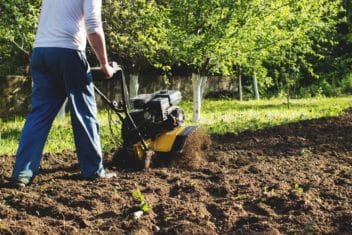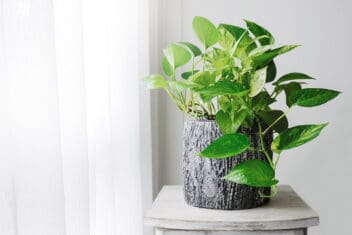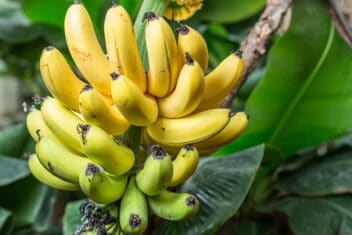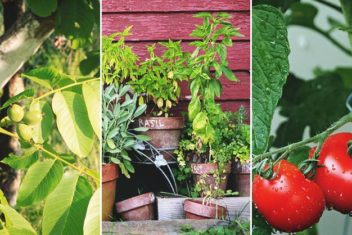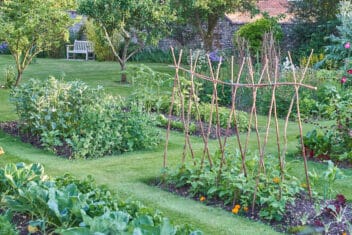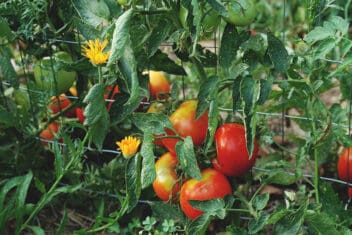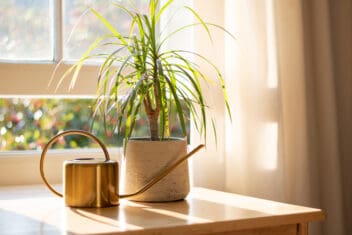Are you new to gardening or curious about what your gardening options are?
Don’t assume because you’ve started with one gardening method you must stick with it.
Gardening styles and techniques can change over the years. You can also incorporate more than one form of gardening into your property at a time.
Whether you’re learning the ropes or you’re looking for different gardening styles to be able to grow more food, you must know what your options are.
Therefore, I’m going to introduce you to the many different gardening methods out there, and share with you how you can make them work.
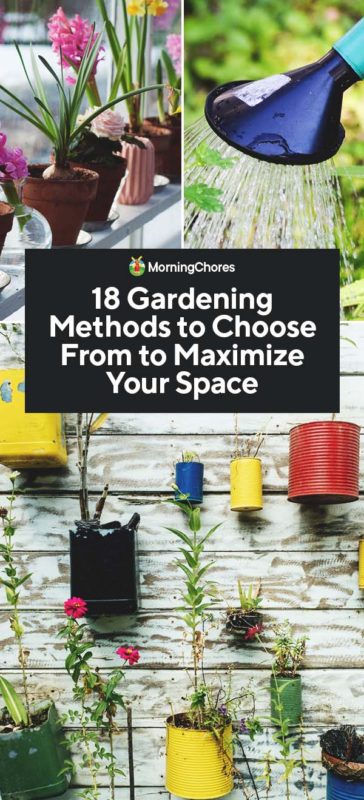
Here are the different gardening types:
1. Container Gardening Method
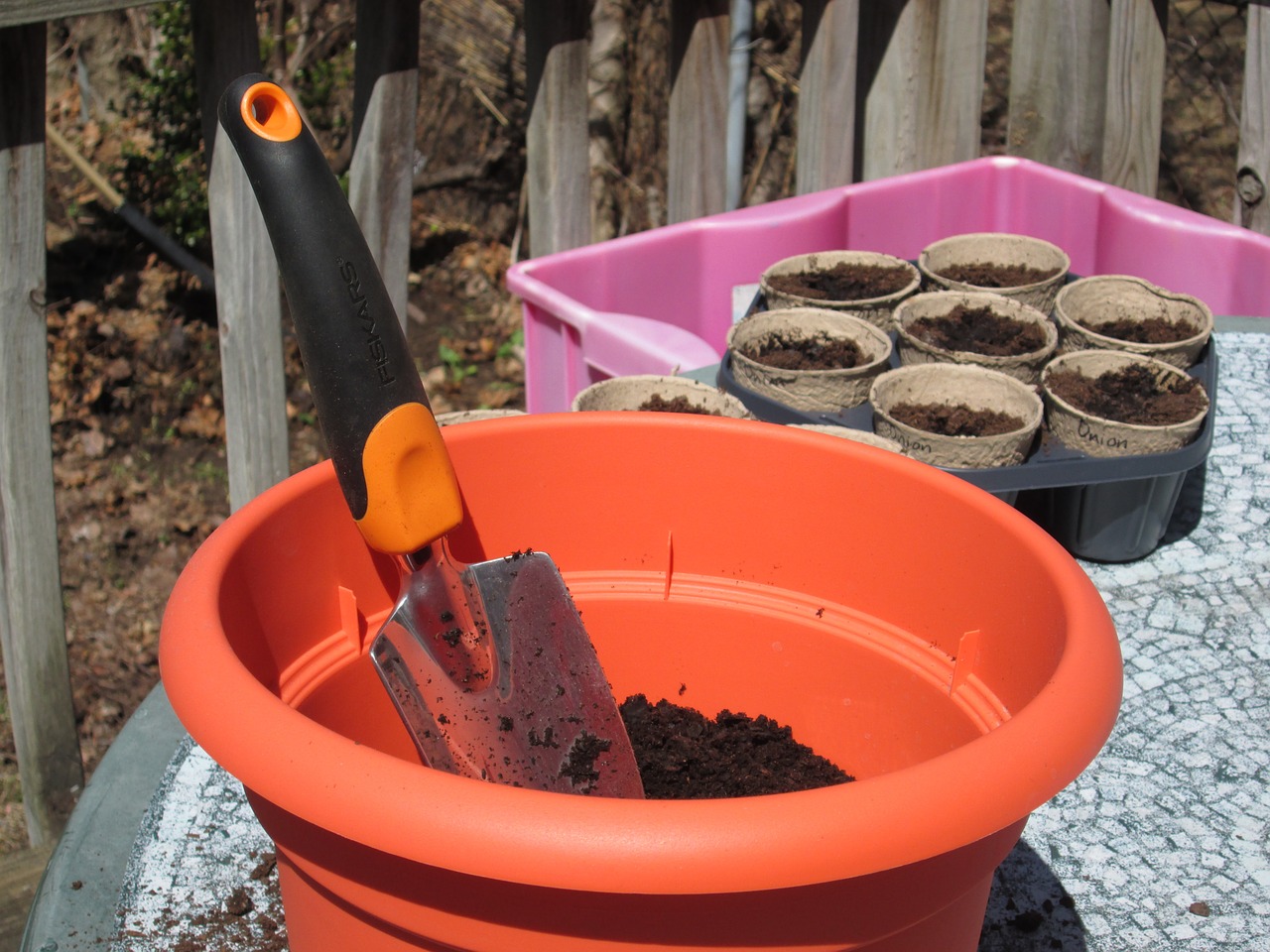
Container gardening can work no matter where you’re located. It consists of growing crops in different containers.
This can be planters or as simple as buckets. Container gardening works great for growing tomatoes, peppers, root vegetables, green beans, and lettuce.
If you have a patio or balcony, you could even grow smaller varieties of corn. Whether you live in a small apartment with a sunny windowsill or on a farm with many acres, container gardening can work for you.
2. Traditional Inground Gardening
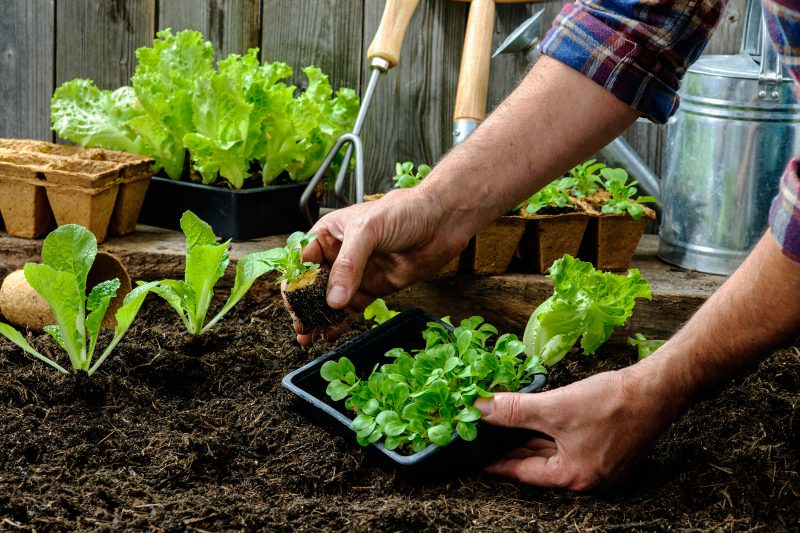
When you hear the term gardening, you may envision a small plot of ground that has been tilled, planted, and cared for to produce vegetables and fruits.
This is what traditional inground gardening looks like. Your plot can be as small or large as you have room for.
It’s a wonderful style of gardening if you have the room and can get down on your hands and knees to work in the dirt. You can grow anything you’d like in this type of garden (depending upon space) as long as you take care of your garden and soil.
3. Raised Bed Gardening
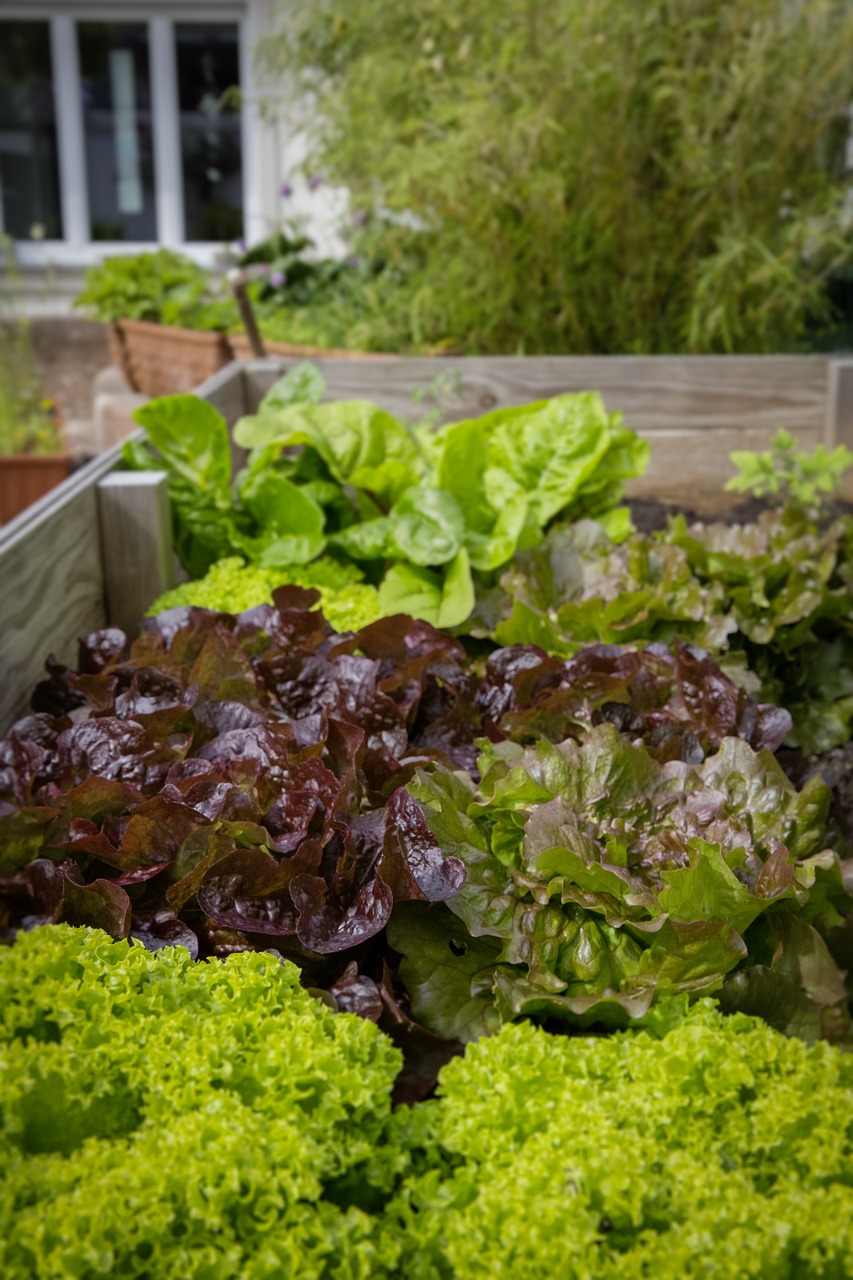
Raised bed gardening is one of the hottest styles of gardening going on right now. The reason being, it looks stylish in your yard, it’s easy on your knees and back, the soil is easier to care for, and weeds are easier to control.
You can choose any style of raised bed garden you’d like, and you can grow almost any vegetable in the raised bed.
The only downside to raised bed gardening is it does require a place to put a bed. This style of gardening would work well for those who have small or large yards, but at the end of the day, it does require outdoor growing space.
4. Vertical Gardening

I love the idea of a vertical garden because I like to know people can garden anywhere regardless of where they choose to live.
Some gardeners live in the city for their job but still enjoy fresh food. City dwellers are ideal candidates for vertical gardening because food can grow well on balconies, patios, and even indoors.
You can purchase a vertical gardening set-up with grow lights to grow a vertical garden inside or purchase pouches to be able to grow vertically.
Vertical gardening methods is a cool style of gardening which can work practically anywhere. There are some limitations as to what you can grow based upon your vertical set-up.
If the crop is too heavy or requires a great deal of depth to the soil, it won’t work as well. However, regardless of set-up, vertical gardening works well for fresh herbs and lettuce.
5. Hydroponic Gardening
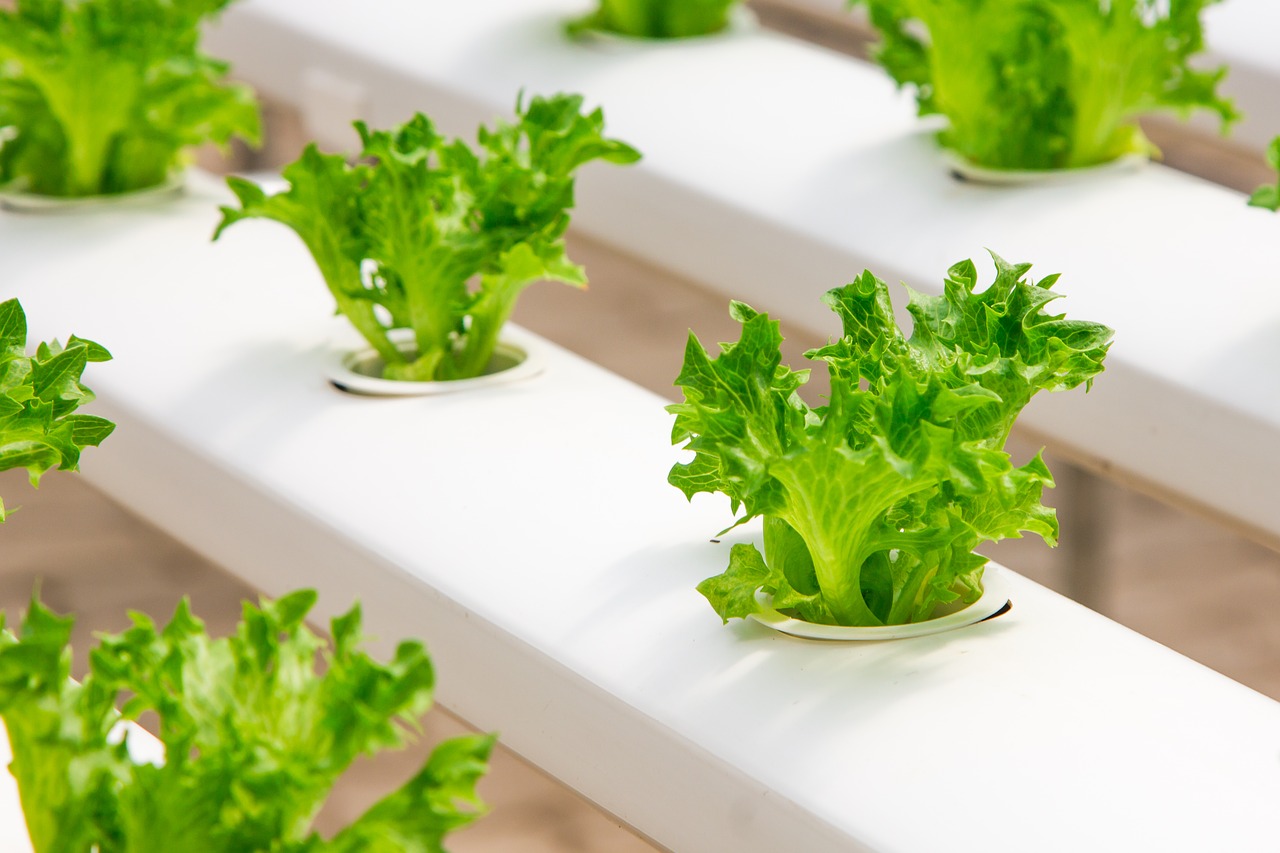
As we move forward with science and technology, hydroponic gardening is becoming the norm for foods we purchase at large chain grocery stores.
The process of hydroponic gardening is you purchase a set-up where your plants grow in a solution that gives them their desired nutrients and oxygen instead of planting them in soil.
However, hydroponic gardening still requires a form of light whether it be natural light or grow lights. If you live where you have enough room for a hydroponic set-up, this style of gardening could work for you.
You can purchase smaller set-ups, but to grow as large of a variety of crops as you would in a traditional garden, it would take considerably more room.
Hydroponics would allow you to grow whatever plants you’d like at any time of year if you offered the proper protection from natural elements.
If you used hydroponics with another style of gardening, it could help provide some of your food even if you didn’t have much (or any) land to grow on.
6. Aquaponics Gardening
Aquaponics is another modern style of gardening. It requires a proper set-up, but it’s a fascinating way to grow your own food.
The idea behind aquaponics is you raise both fish and vegetables simultaneously. Plants grow in a solution similar to what you’d use to grow vegetables in hydroponics.
Fish are added to the water. The fish waste is used to feed the crops, and the plants filter the water for the fish.
You can garden using this style on a large or small scale. Therefore, this makes it a viable option for gardening for anyone regardless of the amount of land they have.
Some aquaponics set-ups are as small as a traditional fish tank. Meaning, you could use this style of gardening while living in an apartment.
7. Square Foot Gardening
Land is a difficult thing to come by these days. The price keeps going higher making it harder for people to own much of it anymore.
This is why I’m ecstatic about people working diligently to figure out how to make do and grow food with the amount of land they have.
Square foot gardening does require you to have some land to grow on. However, it doesn’t require you to have as much land as a traditional style garden.
The idea is to mark off your garden plot a square foot at a time. Each square will be packed with vegetables of your choice and will represent a different variety of crops.
It helps to reduce the number of weeds, and it gives you more of a selection of crops without having a huge garden.
You can grow any vegetable you’d like in this style of gardening. Seasonal fruits can grow in a square foot garden as well. Be sure to use proper trellising where necessary.
8. Upside-down Gardening
Whether you’re trying to grow more foods or you’re short on space, learning how to grow certain crops upside down is an interesting approach to making optimum use of space.
This style of gardening is traditionally used to grow tomatoes. If you’re a fan of tomatoes but fear you don’t have the room to grow as many as you’d like (or any at all) consider growing them upside down.
You can purchase a container specifically meant for growing tomatoes upside down or make your own from a bucket.
Either way, they hang out of the way and produce a delicious vegetable many people love. Tomatoes are also great for making salsa, using in salads, or including in soups.
9. Hanging Gardens
Did you assume your hanging planters were meant only for gorgeous flowers? Prepare to have your mind blown.
Anything you can grow a flower in, you can find a vegetable to grow equally as well. If you’re going to use basic hanging baskets, you can grow any shallow-rooted plant.
For instance, peppers, tomatoes, lettuce, spinach, herbs, cucumbers, and squash would all grow well in a hanging basket.
You wouldn’t want to grow root vegetables (unless the pot is deeper than the standard hanging basket) or plants that produce heavy crops such as watermelon.
If you have room for a hanging basket, you’ll be pleasantly surprised to realize you have room for a hanging garden.
10. Edible Landscaping
Do you live where HOA’s make your life complicated when it comes to gardening? I understand HOA’s can be great for many things, but you may be able to find a way around the issue with growing veggies.
Instead of growing a traditional style garden, consider using some non-traditional methods mentioned above.
You could also include edibles in your landscaping. Instead of planting bushes in front of your home, plant blueberry bushes.
Asparagus is a great crop to grow between your shrubs. In the place of ornamental trees, you could grow dwarf fruit trees.
Instead of growing ground cover, plant perennial strawberries. When you begin to research the crops available and match them with your HOA rules, you may be surprised how many crops you can plant in plain sight and still be within HOA rules.
11. Window Box Gardening
This gardening option goes along with edible landscaping. Whether you’re looking for more space to grow in an apartment, subtle ways to grow in an area with an HOA, or you prefer to grow your crops close to home, this style of gardening is for you.
Again, don’t assume where you only plant flowers, other plants shouldn’t grow. In fact, you can grow tomatoes, peppers, cucumbers, squash, and other smaller crops in window boxes.
You could even try smaller varieties of heavier crops depending upon the depth and sturdiness of the window box. Strawberries, smaller types of carrots, and even small varieties of watermelon could be potential candidates for a window box garden.
Before you give up on gardening altogether, substitute your flower space with vegetables or fruits and see if this is the solution to growing in tight quarters or gaining additional grow space you’ve been searching for.
12. Greenhouse, Cold Frames, and High Tunnels
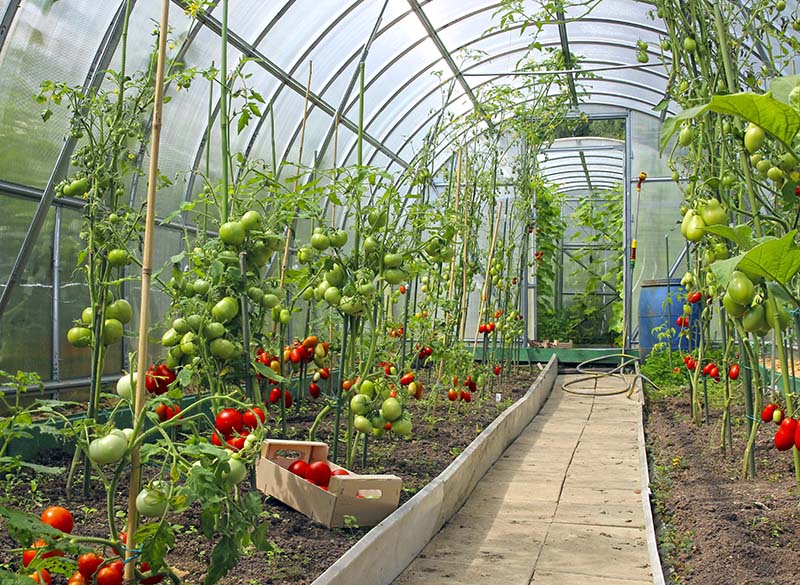
The last gardening style or technique you should consider is a greenhouse, cold frame, or high tunnel gardening.
These items are structures built out of materials that allow the sun to shine through them. They can naturally be kept warm via solar power.
During the winter, you should either grow cold hearty crops or introduce artificial heat to keep the structure warm enough to grow in.
You can grow almost anything in these structures. If large enough, you can even plant small trees. The positive to growing in a greenhouse, cold frame, or high tunnel is they lengthen your growing seasons.
However, you must have a place to put such a structure. Therefore, this gardening option isn’t viable for everyone.
13. Keyhole Gardening
If you’re looking for a smaller gardening area that is also easily maintained, a keyhole garden is perfect for you.
The idea behind a keyhole garden is it’s a circular shape that looks similar to Pac-man. (Am I telling on my age here?)
There’s a sliver carved out which allows you to walk into the garden and care for it properly.
The garden is also built on a slight slope. In the center is a compost pile you can continuously fill throughout the year. This will feed the soil all year long.
Underneath the soil is rocks and twigs which help to keep moisture in the garden and above them you have soil that is being fed naturally from the compost.
You can grow any variety of vegetables you’d like in this type of garden.
If you’re looking for a smaller growing space and would like to keep it as organic as possible, keyhole gardening is for you.
14. Lasagna Gardening
When you hear the term lasagna garden don’t start daydreaming about pasta.
Instead, get ready to have your mind blown as to how you can build a garden that resembles the layering style of lasagna.
The idea is to not dig into the dirt to get it started. Instead, you pile layers of composting items on top of the ground.
You’ll have brown layers and green layers. The brown layers should be two times the depth as the green layers.
Brown layers will consist of items such as fallen leaves, old newspapers, and pine needles.
Green layers will contain fresh grass clippings and veggie scraps leftover from cooking meals.
The entire garden should be 2-feet deep because it will compact over time. If you’re working with a smaller gardening area, and you’d like to avoid much of the physical labor, a lasagna garden could be of interest to you.
Also, you’re only limited by grow space as to which crops you can grow with this gardening technique. It will work around large trees, root vegetables, or above-ground crops.
15. Straw Bale Gardening
Straw bale gardening is exciting to me, and I’ve decided when I’m older and don’t have to grow as much food this is the style of gardening I’ll most likely go with.
You begin by purchasing multiple bales of straw. Stack them where and how you’d like and wet them down.
This will cause the bales to compost. When the bales have started composting, you add some soil, and plant all over them.
You can grow peppers, tomatoes, green beans, and a variety of other crops in a straw bale garden.
It’s a wonderful way to grow a good amount of food in a small space.
16. Core Gardening
Are you someone who doesn’t have time to garden, but you’d love to grow as much food as possible?
Core gardening methods could be perfect for you. It all starts with gardening in a raised bed. You add quality soil and compost to plant your crops in.
In the middle of the raised bed, a trench should be dug out, and large amounts of straw should be added down the center.
Cover the trench with the straw (which is your core) and plant over it. Water deeply at the start to ‘charge your core.’
As the core absorbs the water, you can water less frequently. It works like a giant sponge and releases water over time.
Therefore, your plants can thrive and not require as much watering as other gardening styles.
Any crop you would typically grow in a raised bed garden will work with these gardening methods.
17. No Till Gardening
No-till gardening is similar to lasagna gardening. The idea is to lay all of the nutrients on top of the ground.
You begin by laying cardboard and newspapers on the ground to block the layer of weeds.
From there, add compost and other materials that will breakdown and form compost over the newspapers and cardboard.
Once these first two layers are complete, add wood chips. You can get them from tree service companies at no cost (depending upon the company.)
The wood chips will breakdown and form a rich compost your plants will thrive in. You shouldn’t have to pull weeds, and you don’t cultivate the ground in any way.
As with lasagna gardening, you can grow any variety of crops you’d like using these gardening methods.
It does require quite a few materials to get started (and this will depend on the size of your garden,) but it’s worth the effort to make gardening less labor-intensive.
18. Hugelkultur
I’m a massive fan of this gardening method. If you have a great deal of scrap wood and other natural materials cluttering your property, this gardening method will not only produce food but clean the clutter up around you.
You form a pile of all of the large wood and other materials that will compost and place it in a trench you’ve dug in the ground.
Once the pile has been made add soil and the earth you removed to dig the trench. It should look like a big dirt mound.
The materials work as a sponge would by holding water to keep your vegetables from becoming thirsty. The same materials also breakdown to add nutrients to the soil to feed your crops.
Growing a hugel garden is a neat experience and something worth exploring. It works for growing any variety of crops too.
You now know of 18 different gardening styles, how these gardening methods can be utilized, and what grows best when using each method.
Hopefully, this will give you more options if you’re working with limited space. Even if you have enough space to grow in, you now have more ideas on how to be able to grow as much as possible on your property.
Gardening is a wonderful hobby to have delicious results. It’s our hope you will be able to dive into it to embrace the delicious and relaxing benefits it can offer you.


